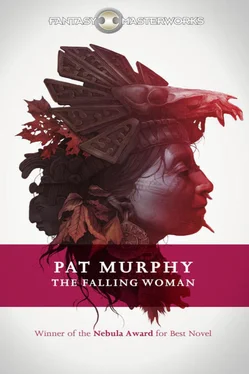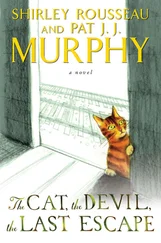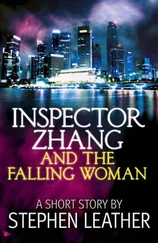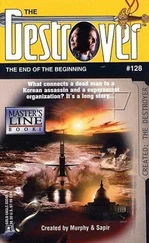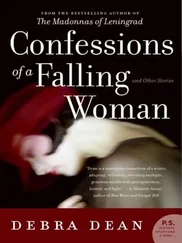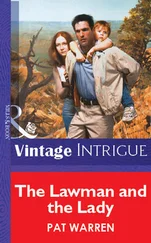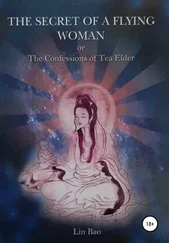Pat Murphy
THE FALLING WOMAN
For my mother,
a remarkable woman who taught me many things,
and
For Richard,
who swam with me in the sacred cenote at Dzibilchaltún
This is the true account, when all was vague, all was silence, without motion and the sky was still empty. This is the first account, the first narrative. There was neither man nor beast, no bird, fish nor crab, no trees, rocks, caves nor canyons, no plants and no shrubs. Only the sky was there.
–
Popol Vuh of the Quiché Maya
Enter the SF Gateway…
In the last years of the twentieth century (as Wells might have put it), Gollancz, Britain’s oldest and most distinguished science fiction imprint, created the SF and Fantasy Masterworks series. Dedicated to re-publishing the English language’s finest works of SF and Fantasy, most of which were languishing out of print at the time, they were – and remain – landmark lists, consummately fulfilling the original mission statement:
‘SF MASTERWORKS is a library of the greatest SF ever written, chosen with the help of today’s leading SF writers and editors. These books show that genuinely innovative SF is as exciting today as when it was first written.’
Now, as we move inexorably into the twenty-first century, we are delighted to be widening our remit even more. The realities of commercial publishing are such that vast troves of classic SF & Fantasy are almost certainly destined never again to see print. Until very recently, this meant that anyone interested in reading any of these books would have been confined to scouring second-hand bookshops. The advent of digital publishing has changed that paradigm for ever.
The technology now exists to enable us to make available, for the first time, the entire backlists of an incredibly wide range of classic and modern SF and fantasy authors. Our plan is, at its simplest, to use this technology to build on the success of the SF and Fantasy Masterworks series and to go even further.
Welcome to the new home of Science Fiction & Fantasy. Welcome to the most comprehensive electronic library of classic SFF titles ever assembled.
Welcome to the SF Gateway.
Elizabeth Butler, one of the two viewpoint characters in Pat Murphy’s Nebula Award-winning novel, possesses a rare talent: she is able to see and hear the long-dead people of the past as they go about their daily lives. This is a boon to her professionally, because she is an archaeologist, and her observations of the living past amidst the ruins she and her colleagues are excavating, enable her to make discoveries that can only be explained with reference to ‘luck’ or ‘intuition’.
But, as all good writers (and observant readers) know, a magical gift never comes free. There is a cost, always, to the user. To a great extent, Elizabeth, once certified insane but now a respected academic, has paid the price by forfeiting close, personal relationships with others. The more interested she is in the dead, the more distant and unreal to her are the people of her own time. Her students and colleagues are used to the way she stares beyond them and a potential lover must settle for a hands-off friendship, while her ex-husband is a chilly enemy, and her own daughter has grown up a virtual stranger.
Elizabeth’s fascination with other worlds is easy for readers (writers, too) to recognize and sympathize with, because it’s so similar to what happens to us when we’re absorbed by a good book. Even when forced to put the book aside and attend to some other business, that other world still calls to us, and sometimes it can feel more real, and certainly more exciting, than our own lives. Non-readers hate this; they don’t understand, and they feel (sometimes justifiably) threatened, resentful and jealous of the hold that a mere object – words on a page or a screen – has over the one whose attention they seek. These days, when public moral outrage tends to be directed at computer games and pornography, we are no longer warned about the dangers of excessive novel-reading, but they may be as real now as in Jane Austen’s day. Certainly, if a character in the book you were reading started talking back to you, you’d know you were in trouble.
For Elizabeth Butler, the moment comes when one of the ghosts looks back at her, and speaks. She can no longer remain a passive observer after Zuhuy-kak, once a powerful priestess in the ruined city, recognizes her as a kindred spirit. Or maybe the trouble really starts when Elizabeth’s daughter Diane turns up at the dig and refuses to leave, determined to forge a relationship with a mother she’s known chiefly as an absence in her life. The worlds that Dr Butler has managed to keep separate for so long are about to collide – and during the most dangerously unlucky days of the Mayan calendar.
The Falling Woman made a powerful impact on many readers (including me) when it was first published in 1986. Too often genre fiction, although fun to read, seems to be set in some alternate reality with very little connection to our own, with ‘Fantasy’ a by-word for pure escapism. I’d be inclined to classify Pat Murphy’s second novel as mainstream literary fiction, if it were not for the fact that the fantasy element is utterly essential to the whole. It’s not treated whimsically, nor is there any ambiguity about it. In mainstream fiction Elizabeth’s ‘separate reality’ would almost certainly be represented as a delusion, a problem in her brain. But although her visionary gift is clearly connected to, or part of, the character’s madness, the author presents it as true – every bit as valid and real as the weather, nature, food, an accident on site, the discovery of an ancient carving, or the pain and anger felt by mother and daughter as they struggle to be understood.
In many ways The Falling Woman feels like science fiction – it certainly has less in common with the major trends in fantasy than it does with a particular type of classic, Wellsian scientific romance. I’m thinking of the ‘rule’ about allowing just one impossible thing – in this case, Elizabeth’s supernatural ability – and then imagining how a story might flow naturally from that situation. It’s also significant that the main character has a scientific profession, and while the Mayan peoples are hardly ‘aliens’, the clash of cultures is a constant. Conflicts and misunderstandings between the visiting North Americans and the indigenous population are subtly portrayed, and at the heart of the story is a meeting between two individuals from very different worlds. In approach, T he Falling Woman is more realist than fantastic, while much of its power comes from the clash between two ways of knowing, or logic vs faith.
Currently, the much touted new ‘realism’ in fantasy fiction is code for a high level of brutality and graphic violence. Pat Murphy’s realism has more to do with real life – with psychological and emotional truths, as well as social relationships. Yet this clear and eloquent story is never mired in the inner worlds of its characters: some of the most memorable aspects of The Falling Woman include the vivid evocation of its Central American setting, and the gathering sense of mystery and dread connected to the collapse of the ancient Mayan culture. Despite having been written more than a quarter of a century ago, it has lost none of its impact, but remains fresh, urgent and contemporary.
Lisa Tuttle
Notes for City of Stones by Elizabeth Butler
There are no rivers on Mexico’s Yucatán peninsula. The land is flat and dry and dusty. The soil is only a few feet deep, a thin layer of arable land over a shelf of hard limestone. The jungle that covers the land is made up of thin-leafed trees and thorny bushes that turn yellow in the long summer.
Читать дальше
